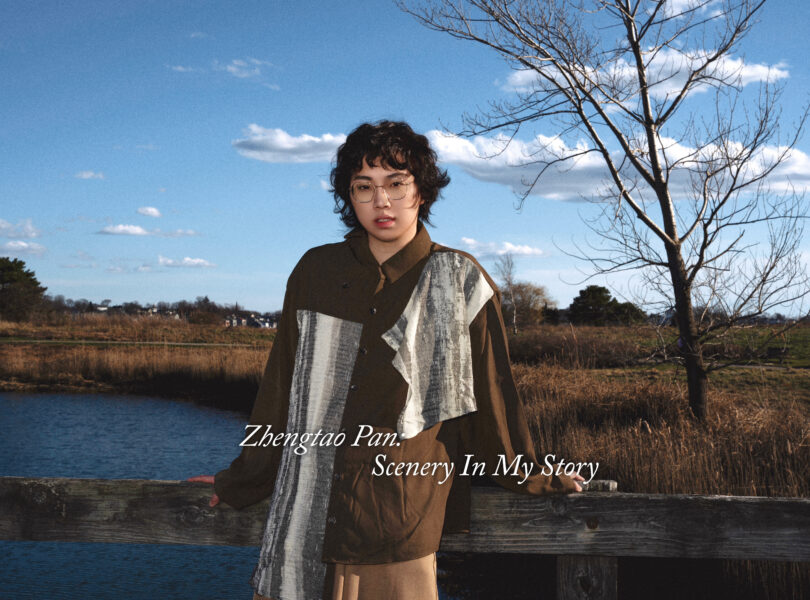Zhengtao Pan: Scenery In My Story Counterpoint writing in modern large jazz ensemble music I recently released my debut jazz orchestra album, “Scenery In My Story,” with Outside In Music. Initially planning to study film scoring at Berklee, I was captivated by the sounds of big bands, particularly Jim McNeely’s work. Despite my growing interest, I struggled to see myself as a “jazz musician” among peers who were more experienced. Meeting my first jazz mentor, Steven Feifke, was transformative. He introduced me to pivotal albums like Maria Schneider’s “Concert In The Garden,” Steven Feifke’s “Kinetic,” and Miho Hazama’s “Dancer In Nowhere.” These albums were my first real experiences with jazz, much to the disbelief of many. Steven’s advice, “You don’t need to be good at playing to write music,” reshaped my approach. This reassurance led to my first big band piece, “Dancing In The Dream,” and continued growth in compositions like “Mirror, Floating On The Water” and “On That Bus.” While my cultural background discouraged making mistakes, I’ve overcome a long way to see them as opportunities for growth. Embracing 融会贯通 (integrating knowledge), I explored diverse influences—from folk-inspired melodies to heavy-metal djent combined with Messiaen modes. “Scenery In My Story” embodies my Berklee journey, highlighting that personal expression shapes our music. After a little bit of my background, musical journey, and the inspiration for this album I’d like to talk about an essential compositional technique that I use throughout the album: counterpoint. Counterpoint writing for large jazz ensemble in modern setting Counterpoints are very useful tools in jazz, and because of the certain level of space and freedom given in a jazz setting, counterpoints don’t have to follow strict rules to create a certain effect. Instead, counterpoint can be used as an interesting way to express your ideas…

